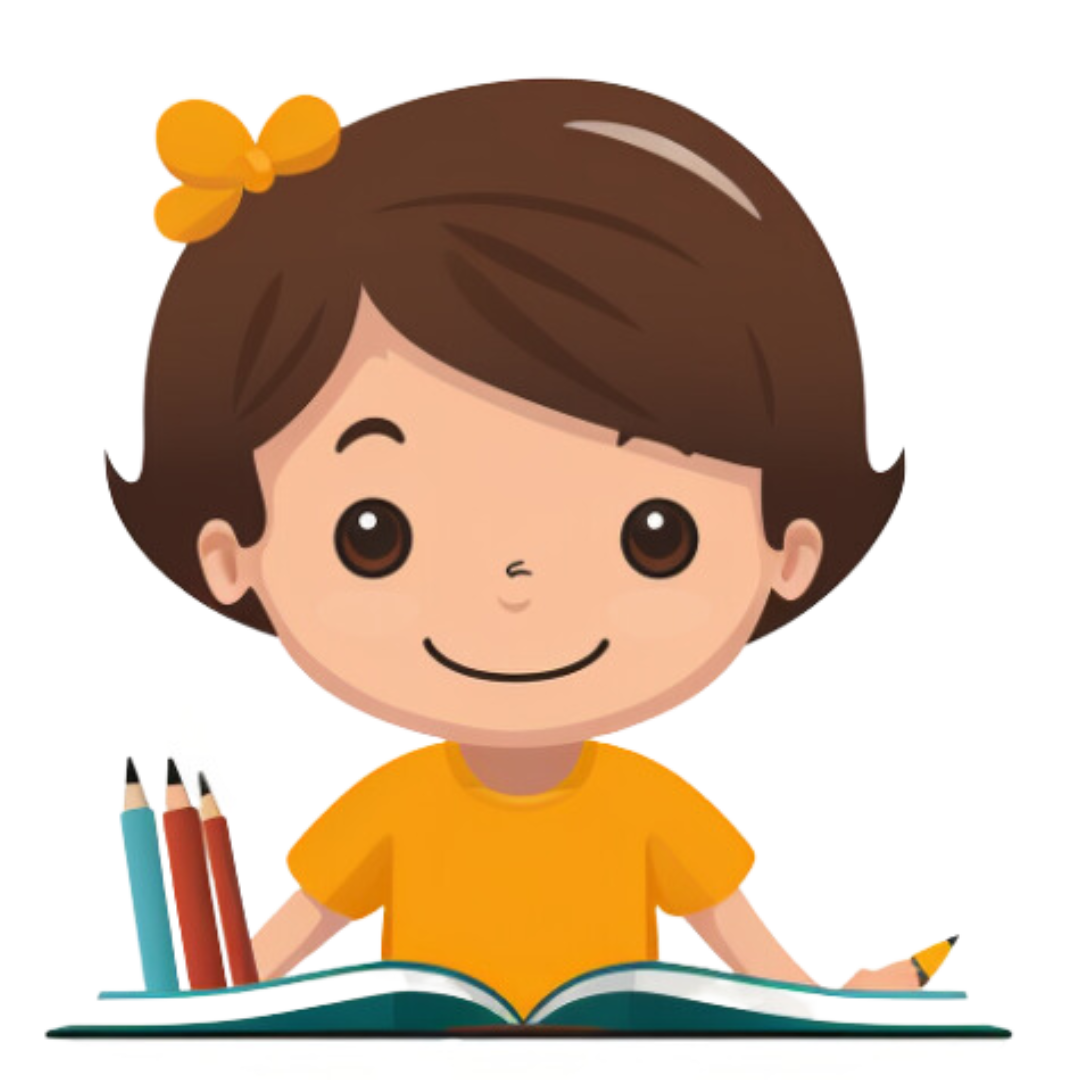Story Worksheet
Dreamy Mountain
Rating: 0
Story: Dreamy Mountain (EASY)
Once upon a time, there was a big mountain.
It was tall and strong.
It had a dream.
It wanted to touch the sky.
Every day, it tried to grow.
It wanted to be as high as the sky.
One day, it did.
It was so happy.
It touched the sky.
The mountain's dream came true.
Questions and Answers (6)
- Q: Who had a dream?
- A: Mountain
- Q: What did the mountain want to touch?
- A: Sky
- Q: What did the mountain try to do every day?
- A: Grow
- Q: Did the mountain touch the sky?
- A: Yes
- Q: How did the mountain feel when its dream came true?
- A: Happy
- Q: What came true for the mountain?
- A: Dream
Why is this worksheet educational?
The story "Dreamy Mountain" is educational and enjoyable for children for several reasons.
Firstly, it uses simple language and short sentences, making it accessible for children who are just beginning to read.
The words are not complicated or technical, which is crucial for this age group.
Secondly, the story introduces the concept of dreams and aspirations, which is an important life lesson.
It teaches children that with persistence and effort, dreams can come true.
This is a positive message that encourages children to pursue their own dreams.
Thirdly, the story is set in a real-world context - a mountain.
This helps children to connect the story to their own experiences and understandings of the world.
It also provides an opportunity to introduce children to basic geographical concepts.
Fourthly, the story is engaging and entertaining.
The idea of a mountain having a dream is imaginative and fun, which will capture children's attention and stimulate their creativity.
The happy ending also provides a sense of satisfaction and closure.
Finally, the story includes a series of questions that test children's comprehension of the story.
These questions are simple and straightforward, requiring only one-word answers.
This helps to reinforce children's understanding of the story and develop their reading comprehension skills.
 ReadWriteHub.com
ReadWriteHub.com